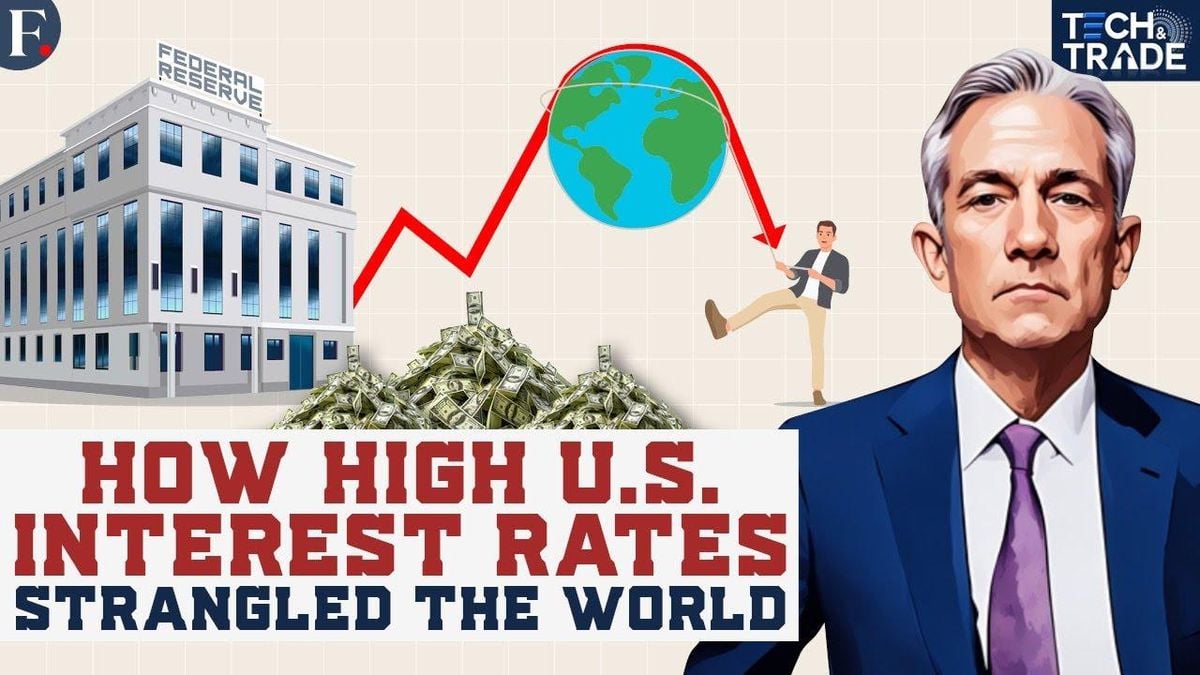The Federal Reserve is gearing up for its first interest rate cut since 2020, as the market awaits the outcome of the upcoming Open Market Committee meeting slated for Thursday afternoon. This decision is pivotal, coming on the heels of significant hikes initiated back in March 2022, which culminated at the peak of 5.5% aim to combat inflation induced by the pandemic. Investors now find themselves at the crossroads of hope and caution, watching closely whether the Fed opts for a modest decrease, which could have far-reaching impacts on the financial markets.
A central question looms large over the proceedings: Will the cut be perceived as too aggressive or too timid? Such concerns could prompt immediate reactions from investors, potentially leading to wild fluctuations across stocks, bonds, and currencies, which would undoubtedly ripple through agricultural markets as well. With so much on the line, the Fed's actions are being monitored closely, especially considering their influence over futures for grains and livestock.
Notably, the cattle futures market has been particularly reactive to changes on Wall Street. Recent downturns correlated with the broader stock market have raised fears about consumer demand. The cattle market mirrored the stock market's performance, reacting favorably once the Dow Jones Industrial Average rebounded sharply after earlier losses. It’s clear the sentiments from equity markets are influencing perceptions within agricultural commodities.
On the grain front, futures are similarly susceptible to shifts in consumer sentiment. Traders are keeping their eye on how changes in the economic outlook could affect oil and fuel prices. Recently, the spotlight has been on the record high U.S. oil production levels, which have cast doubt on bullish pricing scenarios amid potential conflict escalations within the Middle East. This dynamic adds another layer of complexity as traders navigate the broader economic signals.
If the grain export sector succeeds this fall, it may be thanks to anticipated drops in the dollar's value, which typically occur hand-in-hand with decreasing interest rates. The recent uptick in U.S. soybean purchases from China supports this narrative, spurred by favorable shifts for the yuan against the dollar, which are contributing to the positive demand outlook.
While soybean exports could be enjoying this surge, corn exports tell a different story. Despite pricing advantages compared to South American corn, China has yet to place significant purchase orders for new-crop U.S. corn, lagging far behind last year’s commitments.
The intersection of the Fed's monetary policy decisions with agricultural market responses signals potential volatility not only for energy futures but also for equity prices and currency rates. Investors and traders alike are gearing up for the upcoming shifts, especially as we inch closer to the U.S. elections slated for November. This anticipation foreshadows considerable movements within the agricultural and financial arenas as the Fed’s decisions resound across multiple sectors.
Meanwhile, on the broader investment horizon, the American stock market's dominance over global counterparts has recently come under scrutiny. The S&P 500 has demonstrated impressive returns over the last several years, primarily driven by high-growth technology firms often labeled as the 'Magnificent Seven'—including giants like Apple, Amazon, and Microsoft. This exceptional growth has prompted many investors to look inward, leaning on local investments rather than embracing wider global opportunities.
Since 2010, the annual return from S&P 500 has clocked at around 13.3%, dwarfing its international counterparts such as the MSCI EAFE index, which has stagnated at approximately 5.9%. Despite their track record and the apparent lack of international appeal, many still advise against abandoning the notion of global diversification. With U.S. firms heavily engaged overseas, there’s a case to be made: investing domestically can still provide significant exposure to international markets.
Yet the underlying sentiment among younger investors emphasizes familiarity. Many millennials might not recall the time when international stocks outperformed their American counterparts. Historical data indicates the MSCI EAFE index actually outshined U.S. stocks prior to 2010, raising the stakes for those who may be complacent relying solely on American equities.
The primary drivers of U.S. stock outperformance can be narrowed down to three primary catalysts—earnings growth, dividend yield, and changes to the price-to-earnings (P/E) ratio. The S&P 500 has demonstrated stellar earnings growth at around 14.1% annually, markedly eclipsing the 10.6% reported by developed international markets and even more so compared to the 2.9% growth seen within the MSCI Emerging Markets index.
What lies at the heart of these numbers? Well, it’s primarily the remarkable achievements of select tech firms. Collectively, the Magnificent Seven have maintained substantial profit growth spanning roughly 36% per annum since 2015, positioning them as the cornerstone of the S&P 500’s valuation. With their dominance commanding about one-third of the index today, one can only ponder the sustainability of such growth trends moving forward.
This brings us to the crux of the discussion: can U.S. equities continue their winning streak? An analysis of global stocks along with historical performance suggests the trend of recent U.S. stock success may not be the norm. While American investors have been tempted to stick closer to home, there’s reasonable merit to explore international investments from time to time. A more balanced approach could sustainably track global shifts and variations.
Piloting through the ebb and flow of market trends, it becomes clear—the path of U.S. stocks and the agricultural markets will undoubtedly be dictated heavily by the Federal Reserve’s decisions. How the committee chooses to navigate these changing landscapes will define economic conditions far and wide, influencing not just Wall Street, but Main Street and beyond.
Understanding these connections and remaining adaptable seems to be the best bet for investors armed with both foresight and caution. The coming days will not only enlighten the speculative nature of markets but also reflect how intertwined our financial decisions truly are as they resonate down through multiple layers of our economy.




